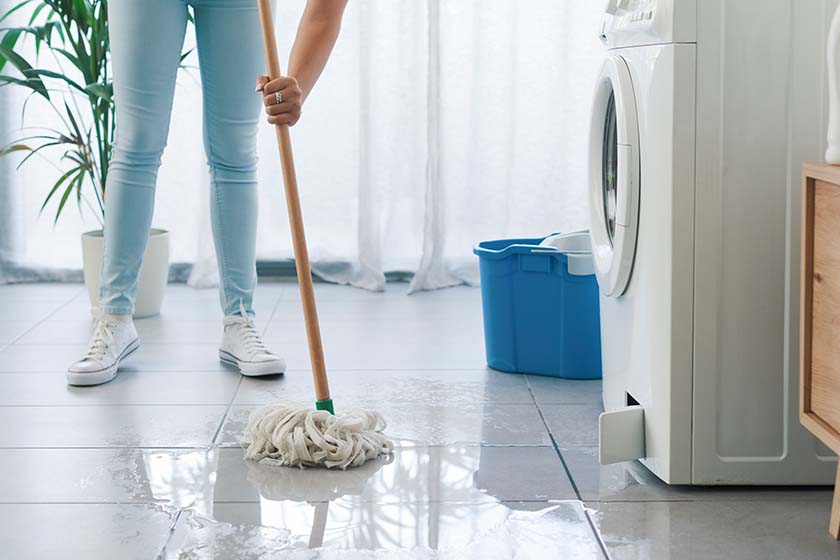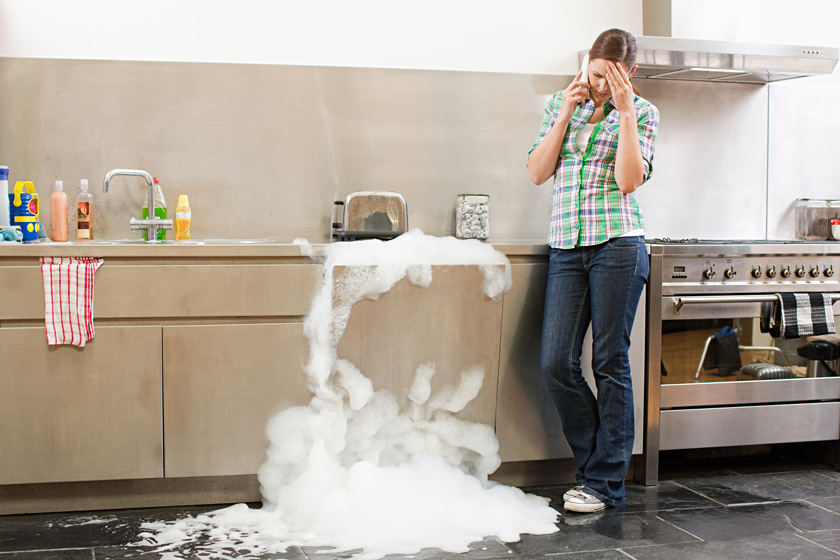Stay High and Dry With These Sump Pump Tips
Imagine this:
You wake up one June morning after a gnarly night of fierce thunderstorms. The sun is shining, and the remaining rain looks more like dew sparkling outside your kitchen window as you enjoy your coffee and think to yourself, “It’s gonna be a good day.” You’re still thinking the day is going your way when you open your basement door and a wet, dank odor assails you. You walk a few steps down and stop cold.
Your basement is a smelly pond.
Your sump pump failed.
Monsoon season means double duty for your basement sump pump. The time you should spend inspecting and maintaining your basement sump pump is an investment that can save you a pile of money and spare you some serious hassles.
Take the above scenario and change it just a little: You’re conducting a walk-through with buyers for your property and open the same door with them at your side. Imagine their stricken faces as the stench wafts up and your heart sinks … along with any chance you have of closing the sale. Ouch.
Fortunately, you can minimize the chances of your sump pump failing and turning your basement into a clogged toilet by simply thoroughly inspecting and properly maintaining your sump. Make sure you consult and follow your sump pump manufacturer’s inspection and maintenance guidelines, and consider these tips:
- If your sump pump is over 10 years old, replace it.
- Make sure the electrical connection to your pump is hot so it can start as soon as water begins to collect. A Ground Fault Interrupter or GFI can trip and cut power to the pump. You don’t want to discover that the GFI has cut power to your pump after your basement is flooded.
- If you have a moisture barrier in your sump pump crawlspace, check the soil or clay under it for excessive moisture above or below the vapor barrier. If you’re unsure whether you have excessive moisture, call Abbotts for a free assessment. Make sure crawlspaces and moisture barriers are free of organic materials such as wood and cardboard, which can harbor hazardous mold.
- While inspecting your sump pump, also look up at floor joists and beams for any visible mold. If you suspect or confirm the presence of mold, call a mold remediation specialist.
- Your sump pump uses a float to detect water and activate. That float rides on a vertical metal rod, which can rust and get caked with gunk. Make sure the float can slide freely up and down the rod. Use sandpaper or steel wool to clean the float rod, and lubricate it with Vaseline. Test the float by pouring five gallons of water into the sump to ensure it turns on the pump. Also ensure that all pipe connections to and from the pump are in good condition and tight. Finally, make sure the outflow is far enough from the foundation to avoid re-saturating the crawlspace.
- If you need to replace your pump, don’t scrimp. You get what you pay for, and a flooded basement costs much more than a quality sump pump. Abbotts can recommend a reputable dealer.
Call Abbotts for a free assessment and estimate, and protect your property during the wet season.









